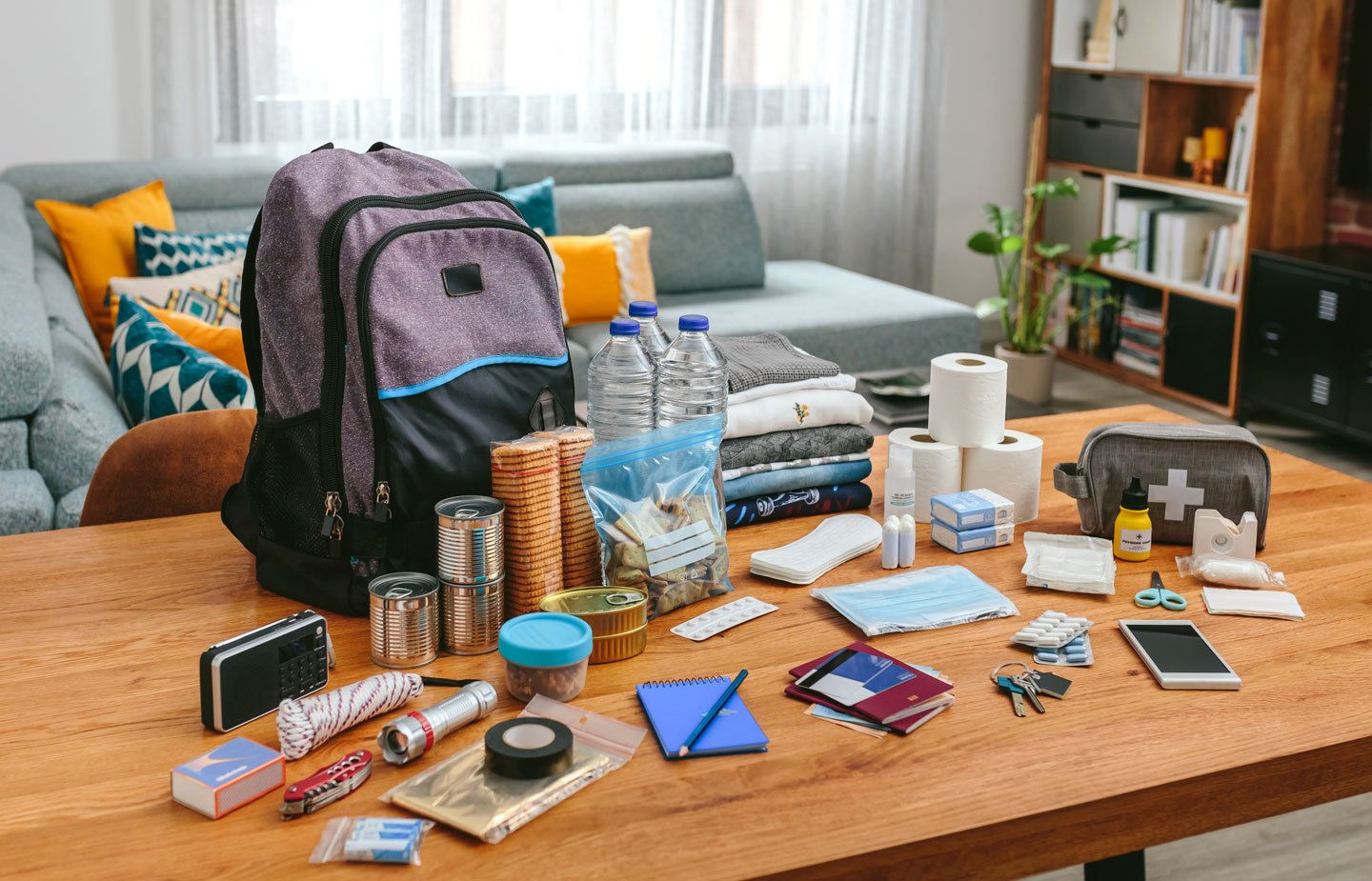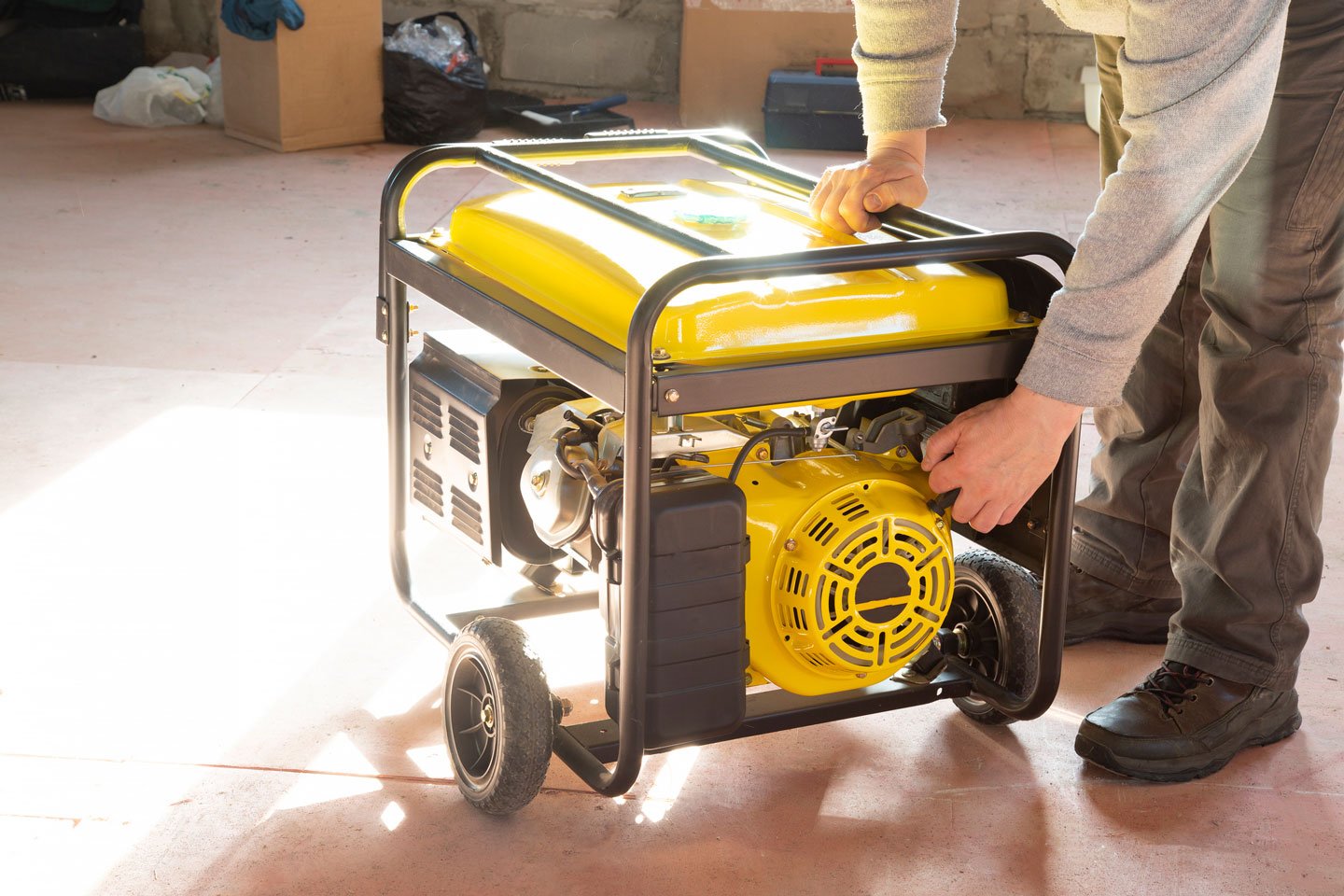- Potential Weather Hazards
- Flash Flooding
- Dense Fog
- Freezing Temperatures
- Snow, Sleet, Wintry Mixes
- Winter Storms & Rare Blizzards
- Thunderstorms
- Occasional Tropical Storms
- Tornadoes (Highest risk in February & March)
- Average Temperatures
- Fall: 42-72ºF
- Winter: 33º-55ºF
- Monthly Precipitation
- Fall: 3.1-4.2 inches of rain
- Winter: 4.2-4.7 inches of rain*
*Snow and ice are most common in January.


